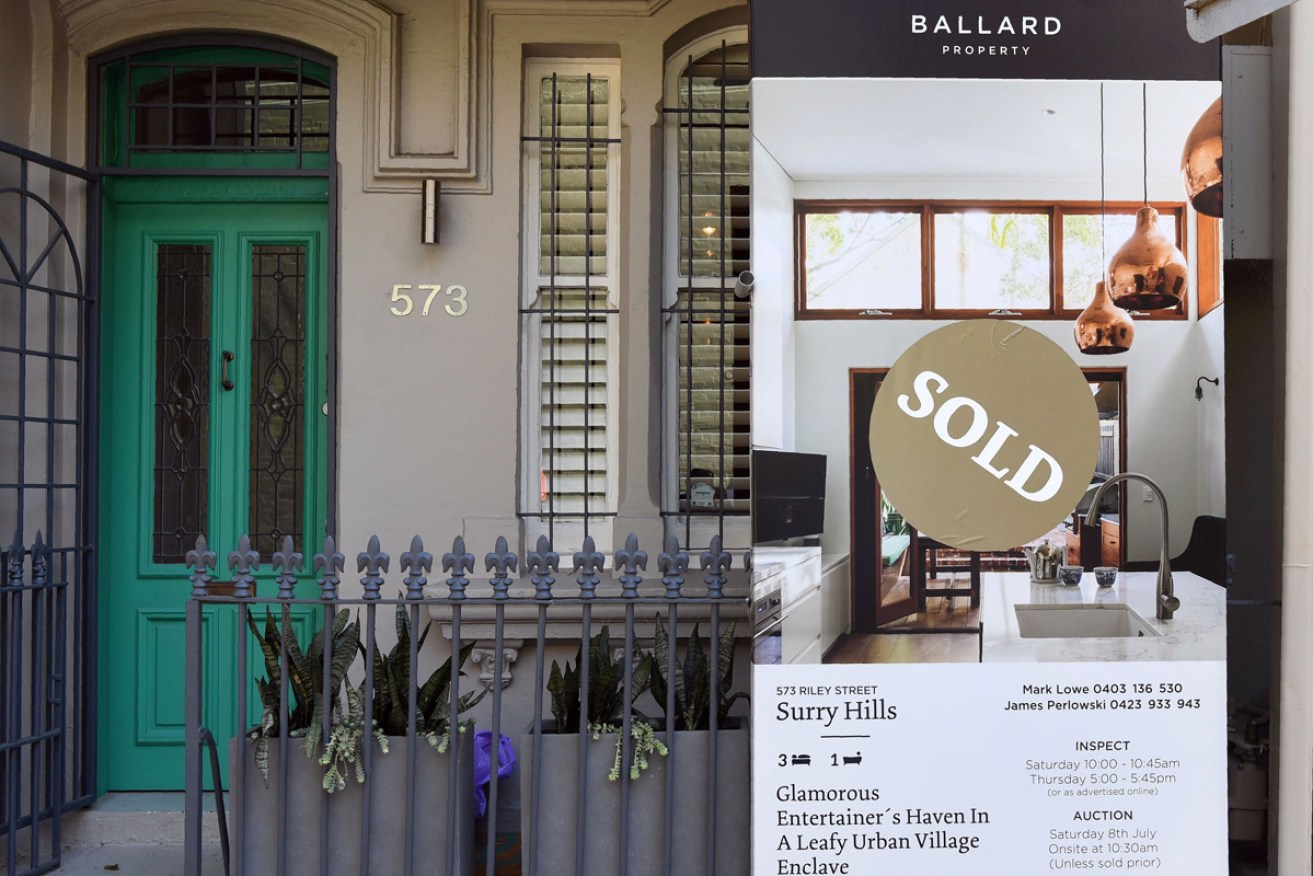Reserve Bank finds plenty of upside for Australian property

The Reserve Bank says the outlook is better for property than it had previously thought. Photo: Getty
The Reserve Bank has issued a surprisingly rosy outlook for the Australian property market.
The central bank said on Friday it expected stabilising property prices and a combination of interest rate cuts and tax offsets to help housing investment to return to growth sooner than it had previously predicted.
The RBA said the projected trough in dwelling investment should now arrive in late 2020 – about six months ahead of its earlier predictions – amid earlier-than-expected signs of a turnaround in established housing market conditions.
The value of dwelling investment in Australia is still expected to drag for several quarters, with disappointing building approvals data in recent months prompting the RBA to soften its near-term outlook in its quarterly Statement on Monetary Policy.
In the medium term, however, the RBA said several upside risks were contributing to a more balanced outlook.
These include lower interest rates and recent federal government tax cuts, both of which raise the possibility consumption and dwelling investment will contribute more to growth towards the end of the RBA’s forecast period than it had previously expected.
“The signs of stabilisation in the housing market reduce one possible source of downside risk to consumption growth and could provide some upside risk towards the end of the forecast horizon,” the RBA said.
Friday’s quarterly statement confirmed the RBA’s revised forecast on GDP for 2019, from 2.75 per cent to 2.5 per cent, as well as a more subdued outlook on inflation through 2020.
The RBA said a stubbornly high unemployment rate remained the key domestic risk to Australia’s economy, tipping wages and inflation to stay lower for longer as a result.
Leading indicators such as job vacancies and business hiring intentions hinted that the nation’s unemployment rate will remain at 5.2 per cent “for some time”, the RBA said.
This meant labour market slack would be higher than previously forecast over the next few years.
“Uncertainty is clouding how much any increase in labour demand will be met by unemployed workers finding jobs, existing employees working more hours or a further increase in the participation rate,” the RBA said.
But it noted dual cuts in the cash rate and the federal government’s tax offsets should help stimulate household consumption over the medium term, while the property market turnaround will also play a role.
Corelogic housing data for July showed a consistent trend towards smaller month-on-month declines.
Prices across the state capitals rose by a combined 0.1 per cent in July, breaking almost two years of losses. That included a monthly increase of 0.2 per cent in Sydney, Melbourne and Brisbane, and an easing decline in Adelaide, Perth and Canberra.
-AAP








